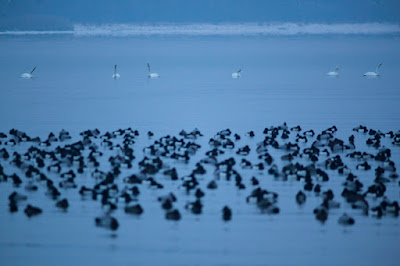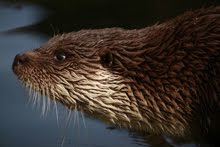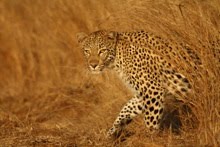One of the highlights of the trip was finding a group of 120 Whooper Swans (Singschwäne) including at least 10 1st winter youngsters (why did I not count this when I was there in stead of just trying to figure it out from photos).
The swans were feeding in an open field and we did not want to get too close, so the possibilities of getting good shots were very very limited.
Such stunning birds...

Later, we were on the water's edge with a good 5000 ducks (mainly Tufted Duck and Pochard), the swans started to come in from the fields to overnight on the water. It was getting very dark, but I still managed to get a few photos of the Whooper Swans drinking. The photo really doesn't do justice to how dark it was - I was really impressed with the Canon 5D mark II at ISO3200. I used live view and a count-down timer to reduce shake at 1/25 shutter speed and the TLS800 digiscoping adapter and Swarovski Optik STM80HD spotting scope.












.jpg)








.jpg)



4 comments:
I simple love that first shot it has such a great feel to it.
thanks Joan, that is why I posted it - I loved the dark colours (true to the snowy day) and the white of the swans coming towards me...
pity I chopped them off
There doesn't seem to be much depth of field when nusing the tls800 attachment.
Dave h
Dear Dave, you are right in that the depth of field is very small. This is not a unique characteristic of the TLS800, but because the focal length is so long (800mm) and I was using a full format camera (which naturally have shallow depths of field). This was all at an aperture of f10. Imagine how short the depth of field is using a prime 800mm lens wide open at f4.
Post a Comment